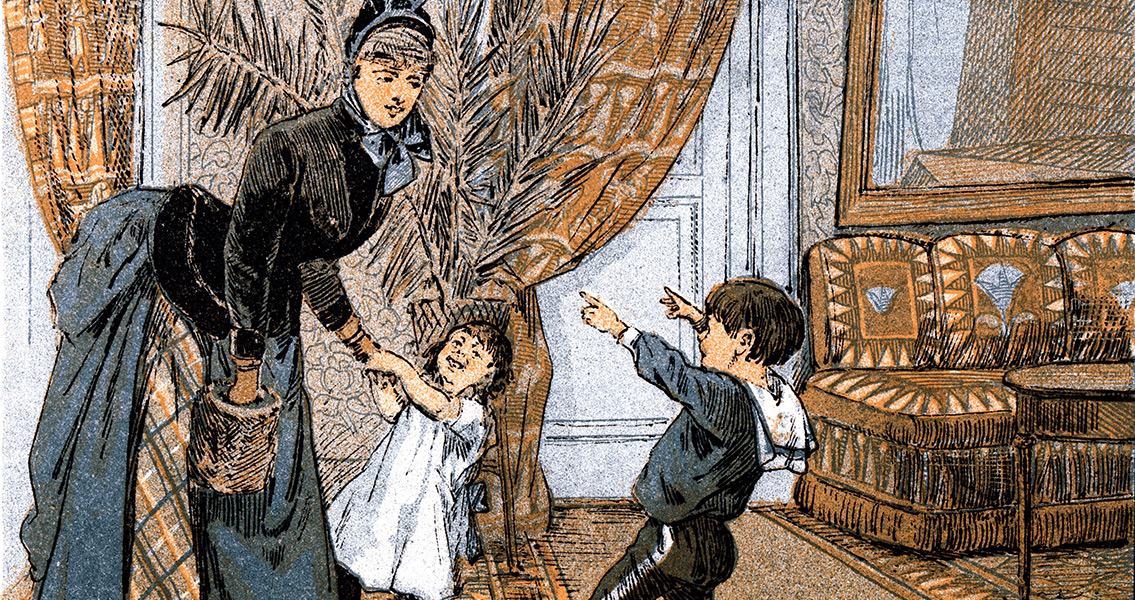<![CDATA[April Fools' Day, celebrated each year on the 1st April, has become an opportunity for increasingly elaborate pranks. Although not officially recognised in any country as a public holiday, it is an occasion which sees national newspapers publish prank stories and multi-national companies release false marketing campaigns. On a more individual level it is a time for practical jokes with friends and colleagues. Exactly when and where this surreal celebration of foolishness and humour originated is unclear, however. One theory for its origin, and perhaps the most widely accepted, relates to the European transition from the Julian to the Gregorian calendar. At the Council of Trent in 1563, Pope Gregory XIII issued a papal bull decreeing that Christian countries should adopt a new standardised calendar. Now the internationally accepted calendar in the Western World, the Gregorian calendar was adopted due to its greater accuracy compared to the Julian calendar. One consequence of the transition however, was that New Years Day moved from 1st April to the 1st January. Although resisted by the Protestant countries in Europe, the new calendar was officially adopted by the Catholic states reasonably quickly. However, presenting the news of the transition across largely rural populations was a much slower task. Supposedly, this was a particular problem following France's switch to the new calendar in 1582. People who continued to celebrate the New Year at the end of March became the targets for jokes, pranks and hoaxes. This included having paper fish attached to their backs, and being called 'April fish', in reference to their supposed gullibility. There are other theories about the beginnings of April Fools' Day which trace its origins to before the switch in calendars. Some suggest its foundations actually came from various pagan traditions connected to the start of Spring. In particular, they draw attention to the Roman festival of Hilaria, a day of celebration in the Isis-Osiris cult. Part of a month of festivities in March that were focused on the life of Attis, the son and lover of Cybele, the day of Hilaria brought the festival to a close with a day of rejoicing for Attis' resurrection. Even though the Roman celebration did not occur on 1st April, (the day of Hilaria was actually on 25th March) it contained hints of the rituals associated with modern April Fools' - practical jokes and fancy dress. There were other pagan festivals which took place to celebrate the start of Spring, many of which were also based on humour and deceptive fancy dress. Some literary critics have postulated that the first reference in English to April Fools' Day as a time for foolishness came in the 'Nun's Tale' from Chaucer's 'The Canterbury Tales'. If this is true, it would mean the day was acknowledged in England as early as the late fourteenth century (i.e. before the change to the Gregorian calendar). If one accepts this interpretation of the Canterbury Tales, it would seem to confirm that April Fool's (in England at least) evolved from pagan traditions, and had little connection with the changing of the calendars. However, whether Chaucer was actually making reference to April Fool's Day is currently hotly contested. A connection between pranks and the start of Spring go beyond European history. The festival of Sizdah Bedar has its origins in Ancient Persian tradition, but it is still celebrated by Iranians today. The name translates to "thirteen get out", and is connected to cleansing the bad luck associated with the unlucky thirteen. In the modern Solar Hijiri calendar the day is celebrated on the thirteenth day of the month of Farvardin, a date which typically corresponds with either the 1st or 2nd April in the Gregorian calendar. Sizdah Bedar celebrations contain a host of activities, one of which is based around setting pranks. As is often the case with traditions such as April Fools' Day, tracing the development of the tradition is more insightful for understanding its modern interpretation than pinpointing its exact origin. It is clear that in England at least, people started regularly playing pranks on each other every 1st April from the start of the eighteenth century. From here it quickly spread to Scotland, where it evolved into a two day event of pranks, known as "hunting the gowk" and "Taile day". Whenever it originated, from the eighteenth century onward people in the 'West' began to indulge April Fools' with increasing vigour. The invention of the internet in the late twentieth century seemed to give pranksters even greater scope, and now everyone from media conglomerates to restaurant chains use the 1st April to play pranks and jokes. ]]>
Origin of April Fools' Day
